To set the scene: the clock strikes 6:30 a.m. as a blaring alarm signals yet another monotonous school day. That is – until a surprise phone notification buzzes – signaling a county-wide school closure due to inclement weather. Students across the county breathe sighs of relief and celebrate because of one thing: it is a snow day. From K-12th grade, snow days have always been universally enjoyed by MCPS students, as they are a spontaneous escape from the daily grind.
Snow days are crucial reset days for WCHS students. For the average high school student, it can be difficult to find time to take mental health days throughout busy and dreary winters. The opportunities to take a day off and relax are far and few between, yet extremely important for reducing academic burnout. Due to a lack of “built-in” snow days scheduled for the school year by MCPS, students and teachers now risk losing their “free” days off. MCPS must plan the school year’s schedule differently in order to ensure that both instruction hour requirements are met and snow days are still able to occur.
In the Maryland State Department of Education Code, Section 7-103 states that all schools are required to open for at least 180 school days during a 10 month period in each school year. In the 2023-24 MCPS calendar, there are 182 total days of instruction scheduled, meaning there are only two “built-in” snow days.
With one early release on Jan. 9, 2024 and three cancellations during the week of Jan. 14, 2024, following Martin Luther King Jr. Day – all due to inclement weather – MCPS has currently used up all of its “built-in” snow days.
Potential influxes of inclement weather should be accounted for by MCPS prior to the planning of the school year to prevent this frustrating situation. The county’s new “Code Purple” plan involves the possibility of having virtual learning take place during snow days to be counted within the 180 required instruction days.
Posted on their website, MCPS’s color coded inclement weather plan outlines possible schedule outcomes, from delays to cancellations. “Code Green” means open, “Code Yellow” refers to a delayed opening, “Code Blue” refers to an early dismissal, “Code Orange” means schools are closed and offices are open, “Code Red” refers to a systemwide closure and “Code Purple” refers to a virtual learning day.
Although it has not occurred yet, implementing “Code Purple” would be inconvenient in many ways for students and teachers. Moreover, the 2021-22 school year of distance learning attested to the fact that virtual school was ineffective for many students. Bringing back the dreaded zooms, nearpods and asynchronous work time would result in many resentful WCHS students.
Not only would “Code Purple” be detrimental for students’ learning, it would also give teachers a hard time. Teachers would most likely have less than a day’s notice to figure out lesson plans and modify their original instruction material to fit into an online setting. The abruptness of “Code Purple” would be difficult and frustrating for teachers.
The solution for running out of “built-in” snow days is not with “Code Purple.” Instead, MCPS should be more deliberate when creating the school year calendar, and account for at least five to six snow days instead of only two.
Extending the school year into June interferes with students’ summer plans, and shortening winter and spring break is an easy way to irritate both students and parents. A possible solution might be to restrict the number of professional days and the sprinkling of early release days throughout the year. Additionally, opening schools on Easter Monday would also give the opportunity for another instructional day.
While some might argue to keep professional days in the schedule and simply overlook the required instructional days, – after all, how much harm is there in missing a few days, right? – ensuring that students are getting the proper amount of instructional hours is crucial for a satisfactory education. In 2010, the Maryland Superintendent Nancy Grasmick granted MCPS a five day waiver for the numerous snow days that the county faced from “back-to-back blizzards,” resulting in nine days of lost instruction despite that year’s four “built-in” snow days. Simply waiving the lost instruction days and excusing students from necessary time for their education is not worthy of admiration or a good solution. Instead, MCPS should work towards prioritizing students’ learning and planning accordingly to make up for possible snow days.
If calculated carefully before the start of the school year, there could easily be enough “built-in” snow days to sustain MCPS throughout the winter – without extending the school year in mid-June or shortening winter and spring breaks.
Keeping snow days in MCPS as “free” days off should not change. This must start with MCPS taking a more planned approach to their calendar and accounting for more “built-in” snow days. Only planning for two snow days within an instructional schedule of 182 days is simply unreasonable. “Free” snow days in MCPS have always occurred, so why should they now be a thing of the past? Distance learning should be left in the pandemic era, and snow days should continue for good.


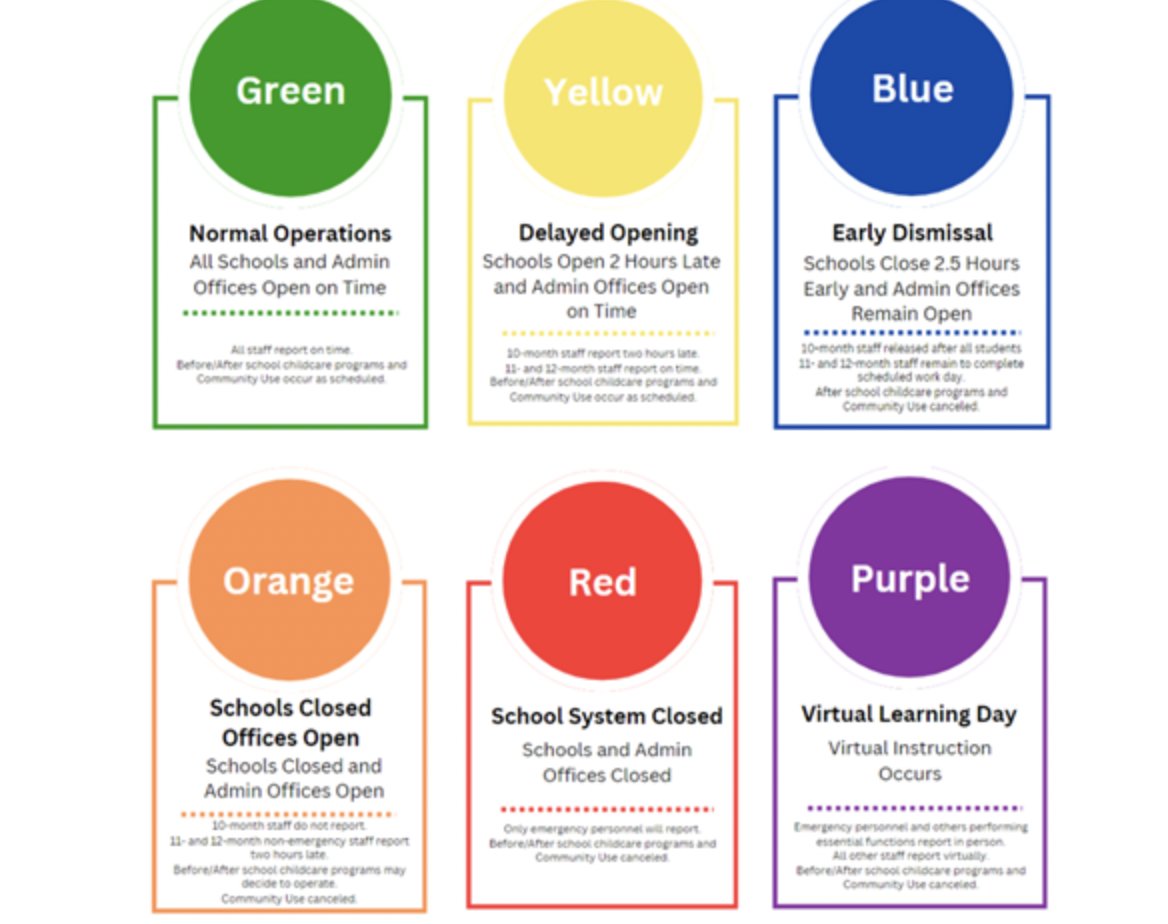

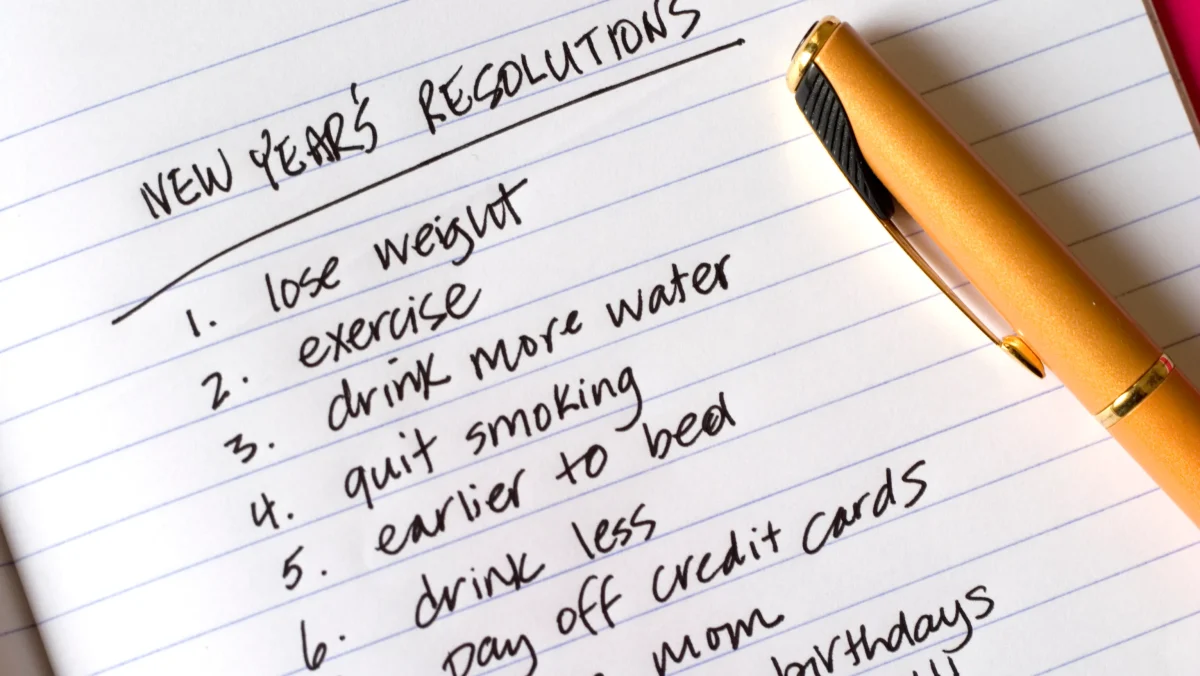

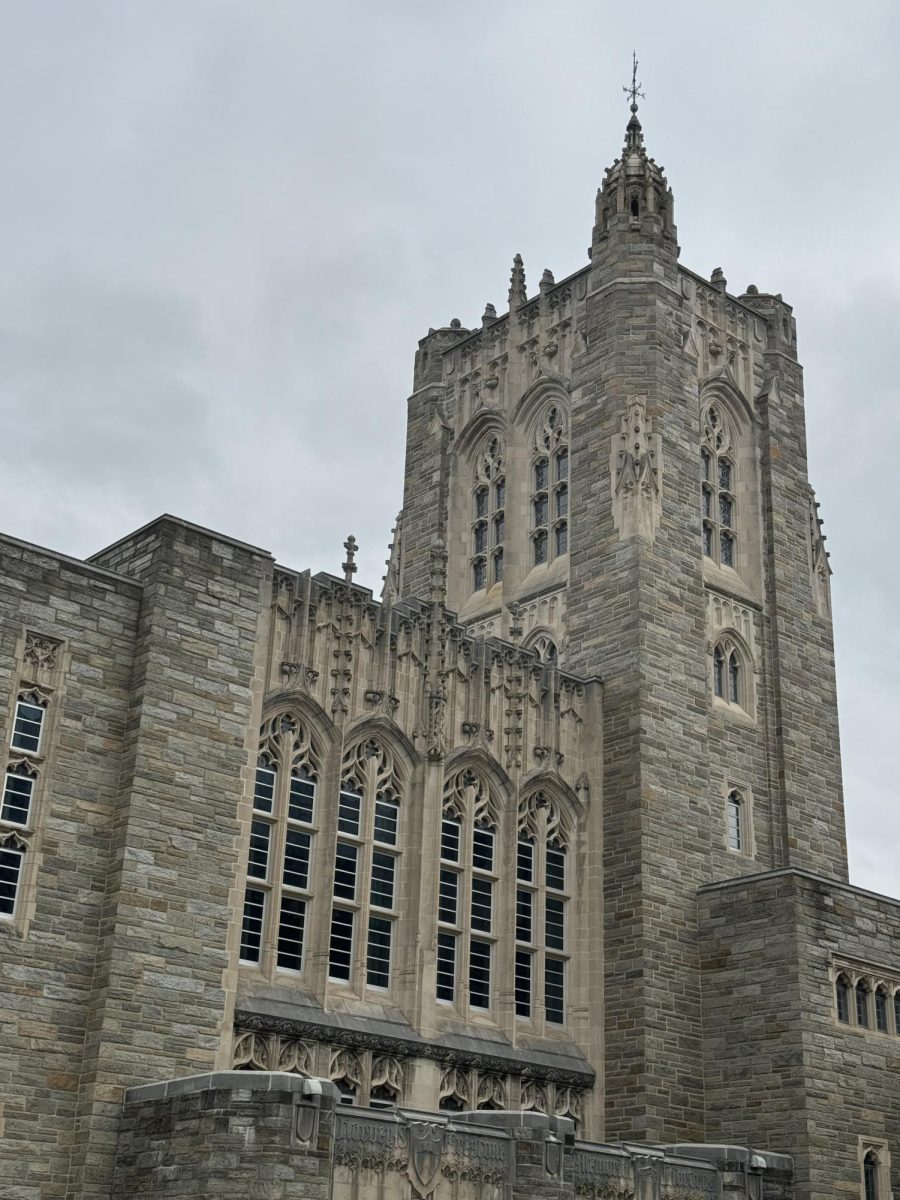
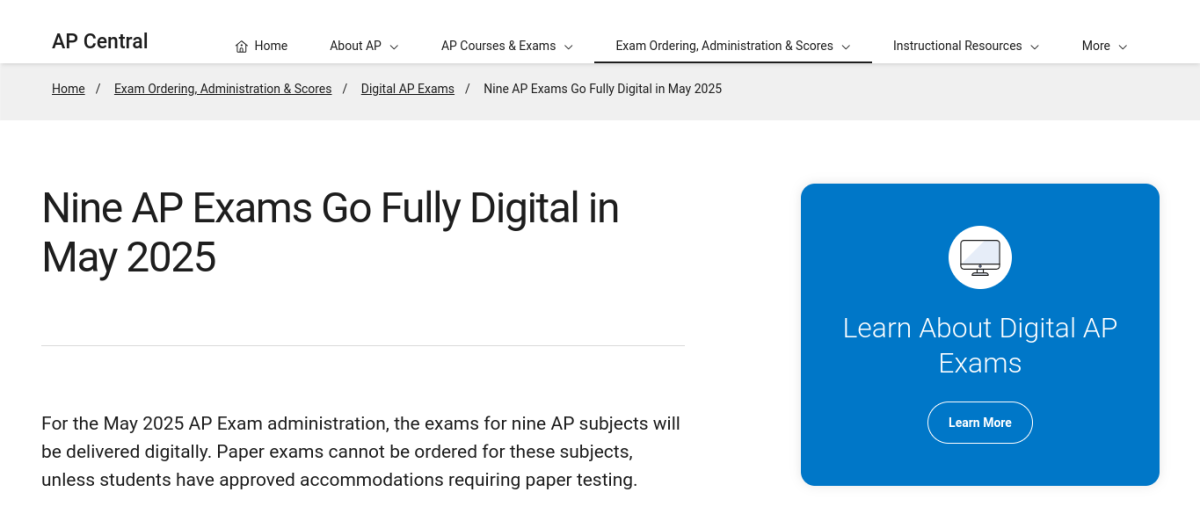
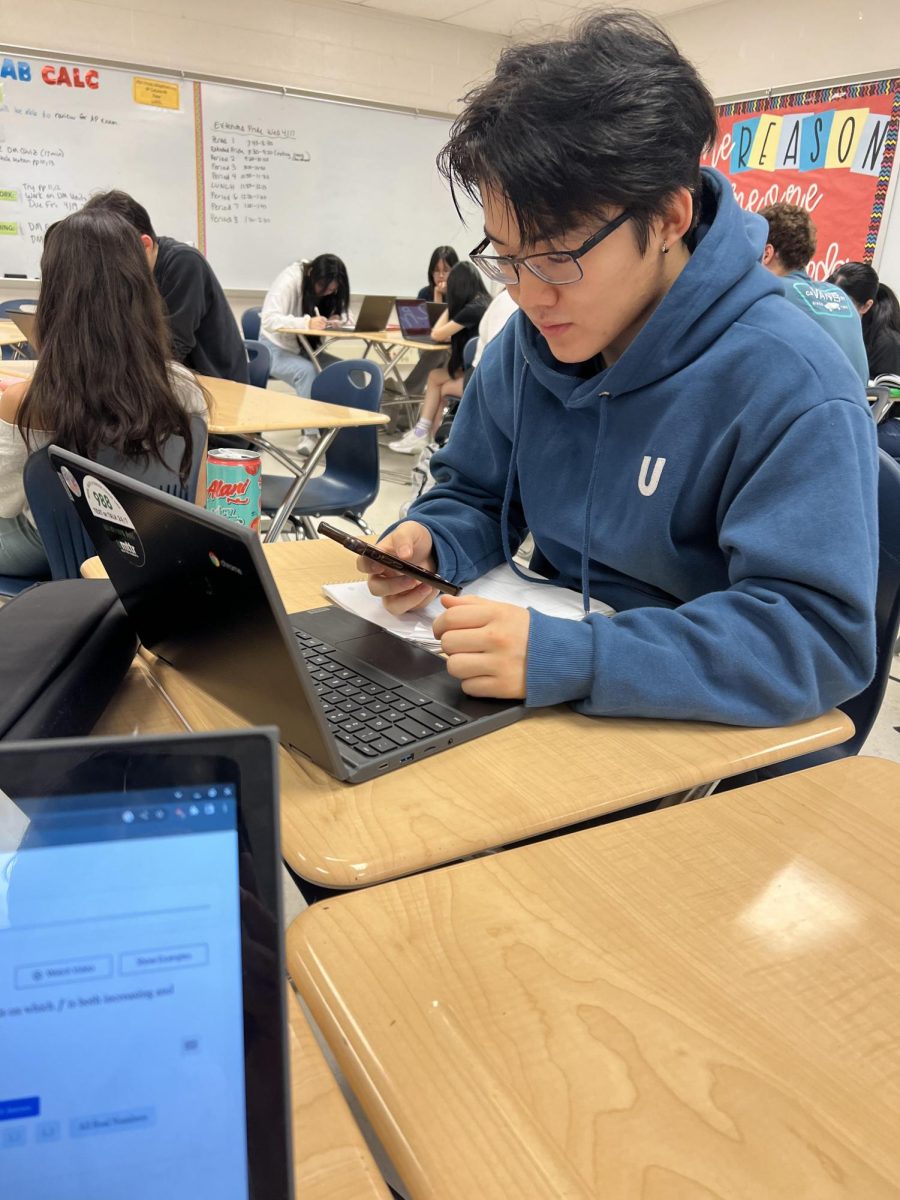
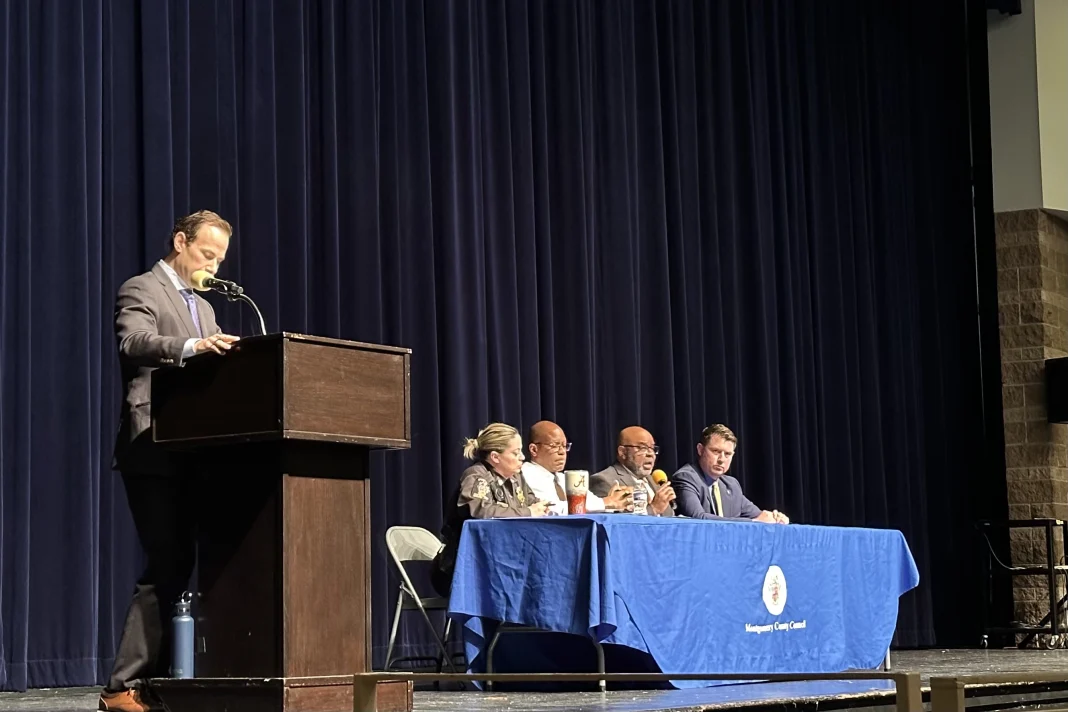

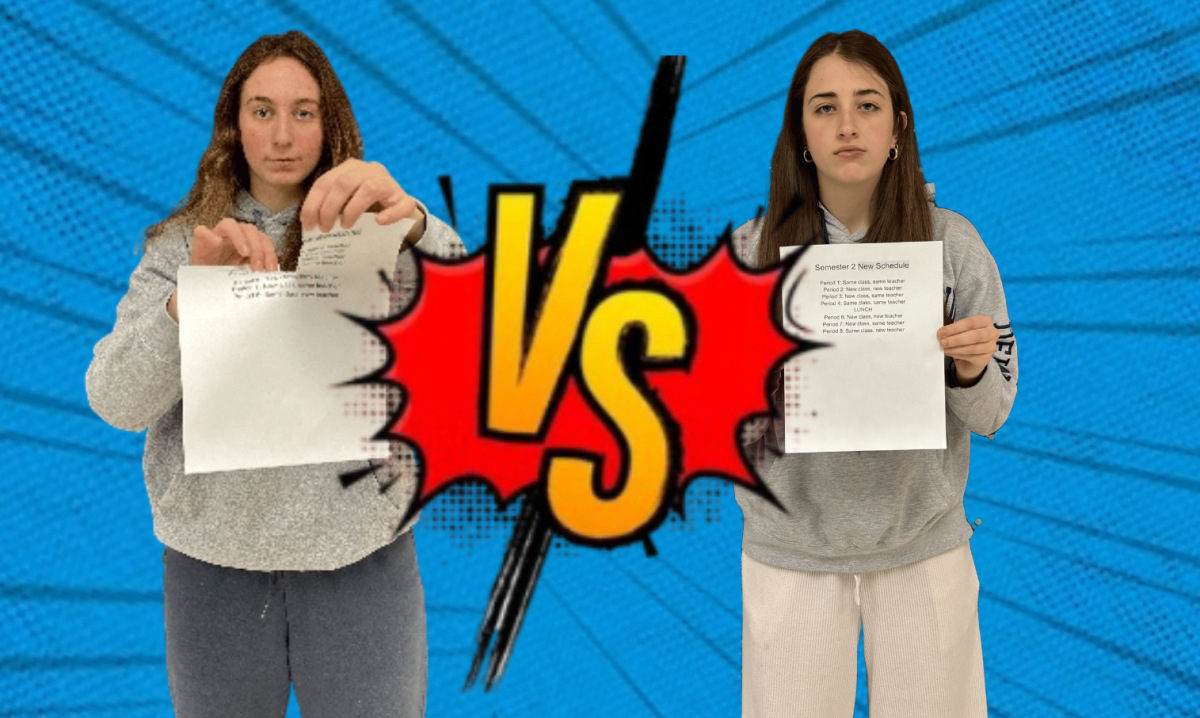




Green Carole • Mar 5, 2024 at 5:15 pm
My thinking was that having a virtual snow day would be preferable to closing school in inclement weather. However, my mind was completely changed after reading Julia Levi’s article in the Observer. She presents so many better ideas to solve the problem that one wonders why the school district doesn’t implement her plan immediately. This was an article which presents a solution to a difficult issue written brilliantly by an articulate high school senior.